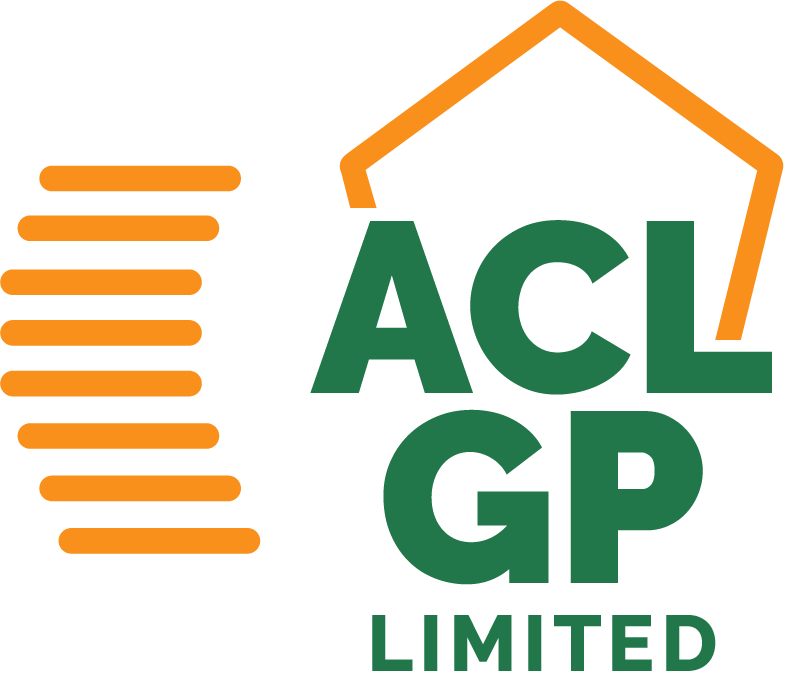A demo paragraph is a powerful tool for writers, designers, and developers as it functions as placeholder text to visualize content within a layout. By utilizing demo text, professionals can test and refine formatting, alignment, and structure before finalizing the actual content. Designers use demo text to ensure visual elements—such as images, buttons, and call-to-action boxes—are properly spaced and balanced with text components, creating an aesthetically pleasing experience. For writers, demo paragraphs offer a framework to experiment with styles and visualize the impact of various content formats.
Developers leverage demo paragraphs to test responsiveness and adaptability across devices and screen sizes. The practice of using placeholder text, like dummy or demo text copy, has evolved to accommodate diverse needs, making it a crucial component for creating user-friendly and visually engaging interfaces. Incorporating demo paragraphs also aids in assessing readability, ensuring that real content flows naturally and remains easy to digest. By visualizing the entire content layout, writers and designers can make informed decisions about font choices, line spacing, and paragraph length.
Additionally, demo paragraphs are invaluable in optimizing content for SEO, as they provide opportunities to plan where keywords and phrases should be integrated. Whether developing a website, crafting a brochure, or working on a mobile app, demo paragraphs serve as a vital testing ground, helping fine-tune elements before going live. They streamline the process, save time, and help create balanced, engaging content. Incorporating demo text into your workflow offers foresight, precision, and creativity—essential for successful content creation and design.

Benefits of Demo Paragraphs for Different Professionals
For writers, demo paragraphs act as a draft, allowing them to visualize the final product and make necessary adjustments before publishing. They enable writers to experiment with styles, lengths, and formats that best fit the project’s purpose. Whether it’s for an article, blog, or social media post, having a structured placeholder gives clarity on how the final output will look.
For designers, demo paragraphs are vital for testing layouts and formats. Designers use them to align text with other design elements, ensuring consistency and balance across the entire layout. By focusing solely on the design without the distraction of actual content, they create a cohesive visual that is both engaging and aesthetically pleasing.
For developers, demo paragraphs are invaluable in testing how the content behaves within different frameworks. They allow developers to adjust font sizes, spacing, and overall responsiveness without waiting for the actual text. This efficiency helps streamline the development process, making it faster and more effective.
The Versatility of Demo Paragraphs
Demo paragraphs can be customized in numerous ways to suit specific needs. They can be long or short, depending on the space they need to fill. Using different types of demo text, such as traditional Lorem Ipsum, allows professionals to visualize varying lengths and styles of text, which is crucial when designing websites, mobile apps, or printed materials.
How to Create an Effective Demo Paragraph
Creating an effective demo paragraph involves understanding the content’s purpose and intended design. First, determine the appropriate length—whether you need a short snippet or a lengthy paragraph. Next, format the demo text to align with the design elements such as headings, subheadings, and bullet points. This approach mimics the final structure, allowing for a realistic view of how the content will fit and flow.
Utilizing Demo Paragraphs for Layout Optimization
Demo paragraphs also play a significant role in layout optimization. By testing different styles and lengths, designers and developers can optimize content alignment and distribution. This ensures that real content, once placed, will not disrupt the visual harmony of the design.
Moreover, demo paragraphs aid in content planning by helping visualize where important elements like calls-to-action or featured products will be placed. It’s a simple yet effective way to plan ahead and create an engaging layout that converts.
Best Practices for Using Demo Paragraphs
When using demo paragraphs, it’s essential to keep some best practices in mind:
- Use Consistent Formatting: Ensure that the demo text follows the same font style, size, and line spacing as the final content. This helps in creating a realistic preview.
- Test Across Platforms: If the content is for a website or application, test how the demo paragraph appears on different screen sizes. This helps identify any issues with responsiveness early in the design process.
- Experiment with Different Styles: Experimenting with different types of demo text, such as bullet points, numbered lists, or longer blocks of text, can give insights into what works best for the design.



